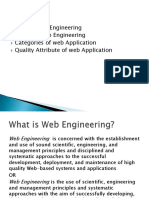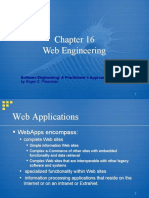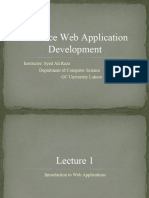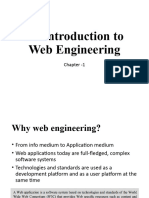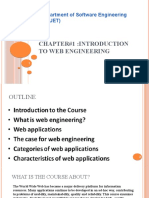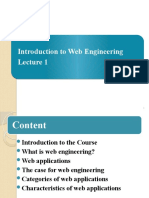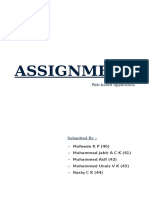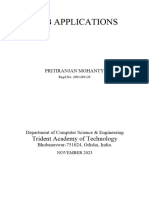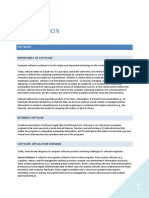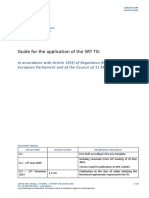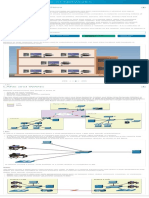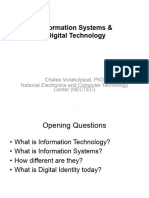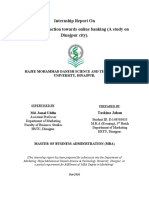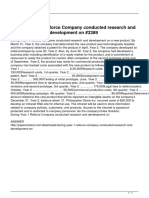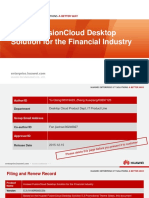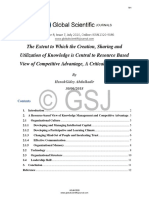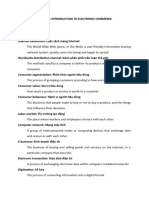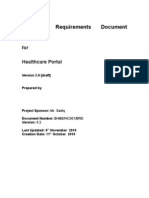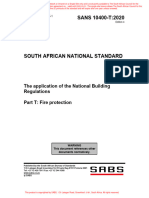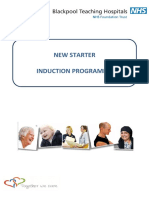0% found this document useful (0 votes)
9 views33 pagesLecture 1 Part 1
Web Engineering focuses on systematic approaches for creating high-quality web applications, encompassing processes from requirements analysis to maintenance. It distinguishes between static and dynamic websites and highlights attributes of web applications such as being network-intensive, content-driven, and requiring strong security measures. Additionally, it discusses the importance of usability, functionality, reliability, and maintainability in web application quality.
Uploaded by
imtiaznafiz773Copyright
© © All Rights Reserved
We take content rights seriously. If you suspect this is your content, claim it here.
Available Formats
Download as PDF, TXT or read online on Scribd
0% found this document useful (0 votes)
9 views33 pagesLecture 1 Part 1
Web Engineering focuses on systematic approaches for creating high-quality web applications, encompassing processes from requirements analysis to maintenance. It distinguishes between static and dynamic websites and highlights attributes of web applications such as being network-intensive, content-driven, and requiring strong security measures. Additionally, it discusses the importance of usability, functionality, reliability, and maintainability in web application quality.
Uploaded by
imtiaznafiz773Copyright
© © All Rights Reserved
We take content rights seriously. If you suspect this is your content, claim it here.
Available Formats
Download as PDF, TXT or read online on Scribd
/ 33



